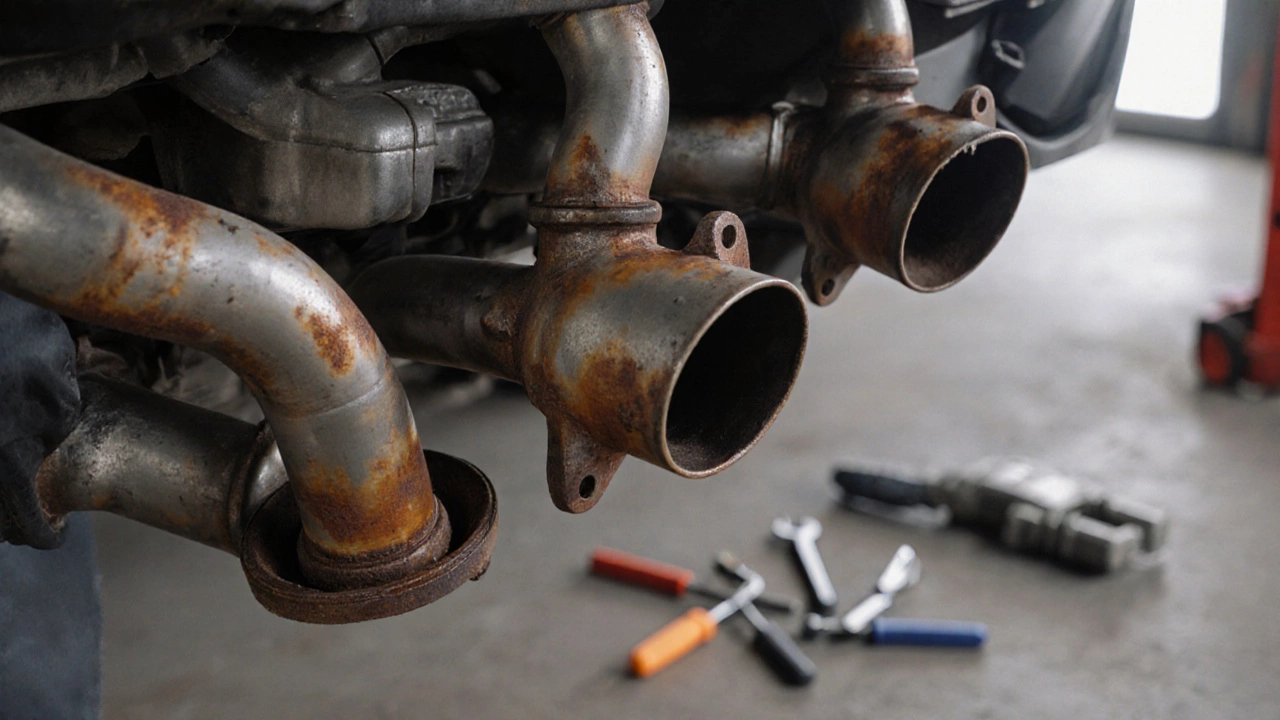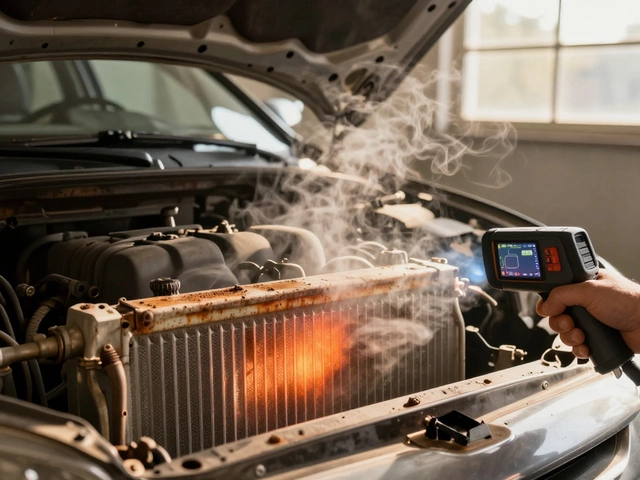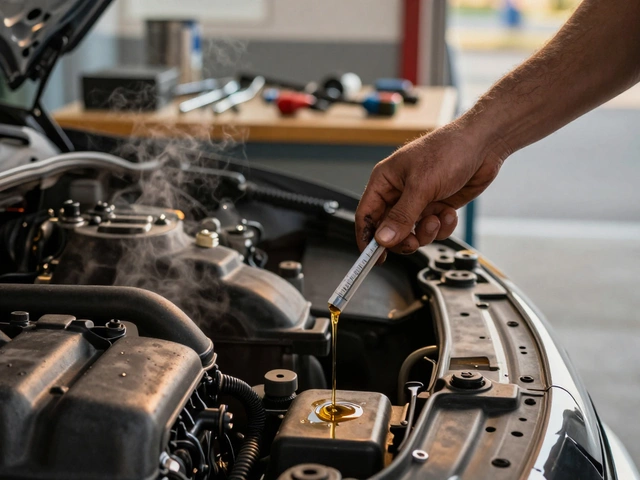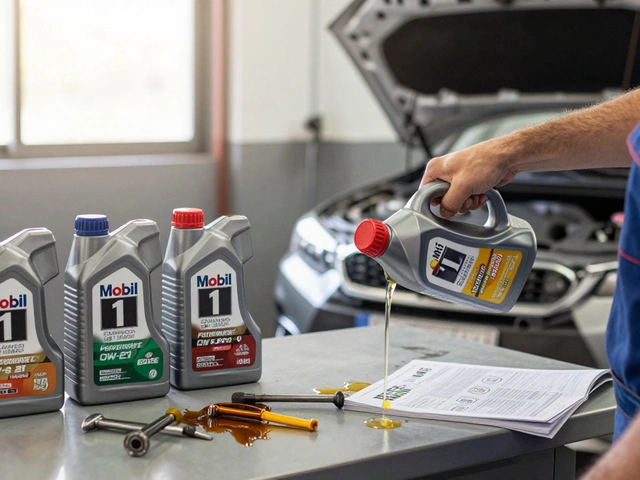Exhaust Systems – What Every Driver Needs to Know
Thinking about swapping your exhaust? You’re not alone. A good exhaust can make your car sound better, run a little faster, and even improve fuel use. But the market is full of jargon and flashy promises. Let’s cut the noise and get straight to what matters.
Choosing the Right Exhaust
The first step is knowing the basic types. A cat‑back system replaces everything from the catalytic converter to the tailpipe. It’s the most common upgrade for sound and a small power boost. An axle‑back only swaps the muffler and tip, so you keep the factory cat‑back pieces. If you want maximum flow, header swaps replace the exhaust ports on the engine and feed more gas out of the cylinders.
Material matters too. Stainless steel resists rust and lasts longer, but it’s pricier. Aluminized steel is cheaper but can corrode faster, especially in salty climates. For most daily drivers, stainless is the safe bet.
Size is another big factor. Bigger diameter pipes (like a 3‑inch exhaust) can reduce back‑pressure, which may add a few horses to the crank. Yet too big a pipe on a low‑power engine can hurt low‑end torque and make the car sound thin. A good rule of thumb: match the pipe size to your engine’s output. If you’re aiming for around 400 hp, a 3‑inch or 3.5‑inch pipe is often recommended.
Sound expectations should be realistic. Swapping just the tip won’t give you a deep growl; the muffler and pipe design shape the tone. Brands like Magnaflow and Flowmaster market different sound profiles – Magnaflow leans smoother, Flowmaster louder. Listen to videos or ask friends who own the same model before you buy.
Installation Tips & Costs
If you’re handy, a basic cat‑back install can be done in a few hours with basic hand tools. You’ll need to lift the car, remove the old system, and bolt the new one on. Watch out for rusted bolts – they can snap and waste time. A torque wrench helps keep bolts snug without over‑tightening.
Professional installation adds labor costs, usually $100‑$300 depending on shop rates and how hard the clamps are to reach. Some shops offer a flat‑rate install for popular kits, which can save money.
Overall cost includes the exhaust itself ($150‑$700 for common street kits) plus labor. Expect $300‑$1,200 total for a full cat‑back swap on a typical passenger car. High‑performance or custom systems can push past $2,000.
Don’t forget legality. Many states set a decibel limit for street use, typically around 80‑95 dB measured at a set distance. Active valve exhausts let you dial the sound up or down, helping you stay legal while still getting that roar on weekends.
Maintenance is simple: check the clamps for looseness after the first 200 miles, then inspect them every few thousand miles. If you hear rattles, the pipe might be contacting the frame, which you can fix with rubber isolators.
Bottom line: pick a system that matches your power goals, fits your budget, and meets local noise laws. Whether you DIY or hire a pro, a well‑chosen exhaust adds personality and a modest performance bump without breaking the bank.
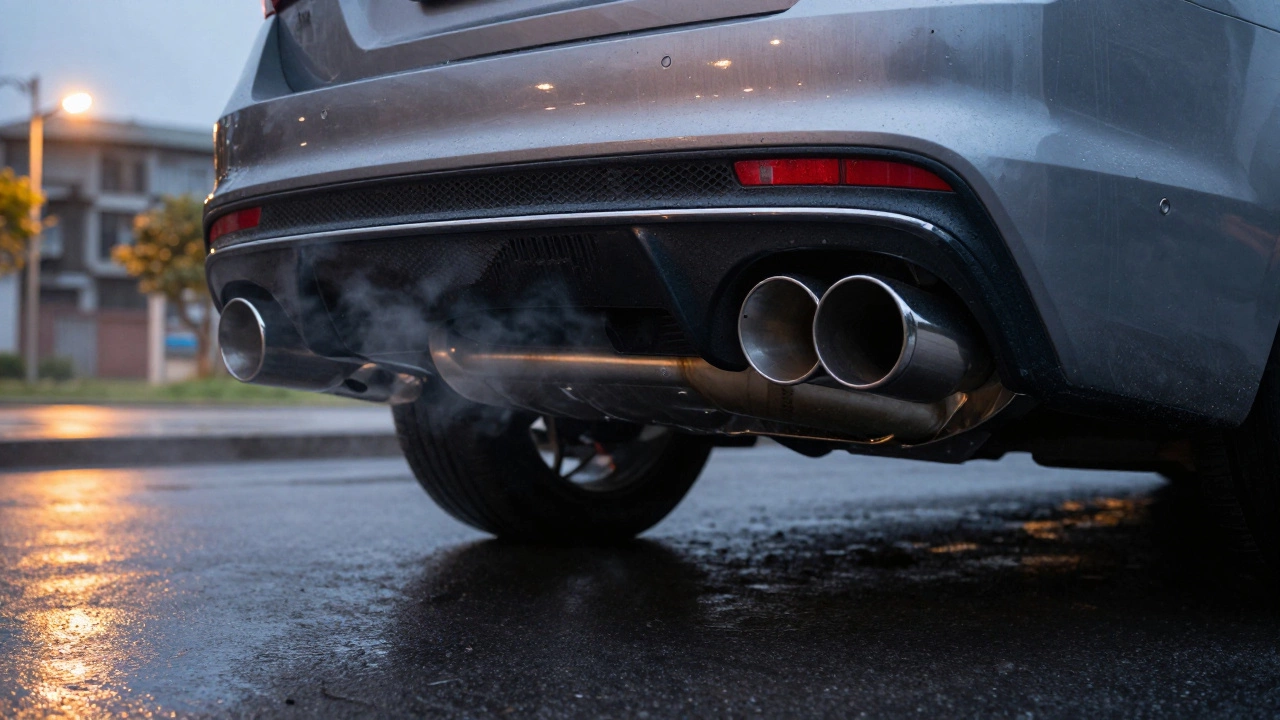
Is a Slip-On Exhaust Legal? What You Need to Know Before Installing One
Slip-on exhausts can sound great, but they're often illegal. Learn what makes them compliant or违规 in New Zealand, the US, and EU-and how to choose a legal upgrade without getting fined.
CONTINUE READING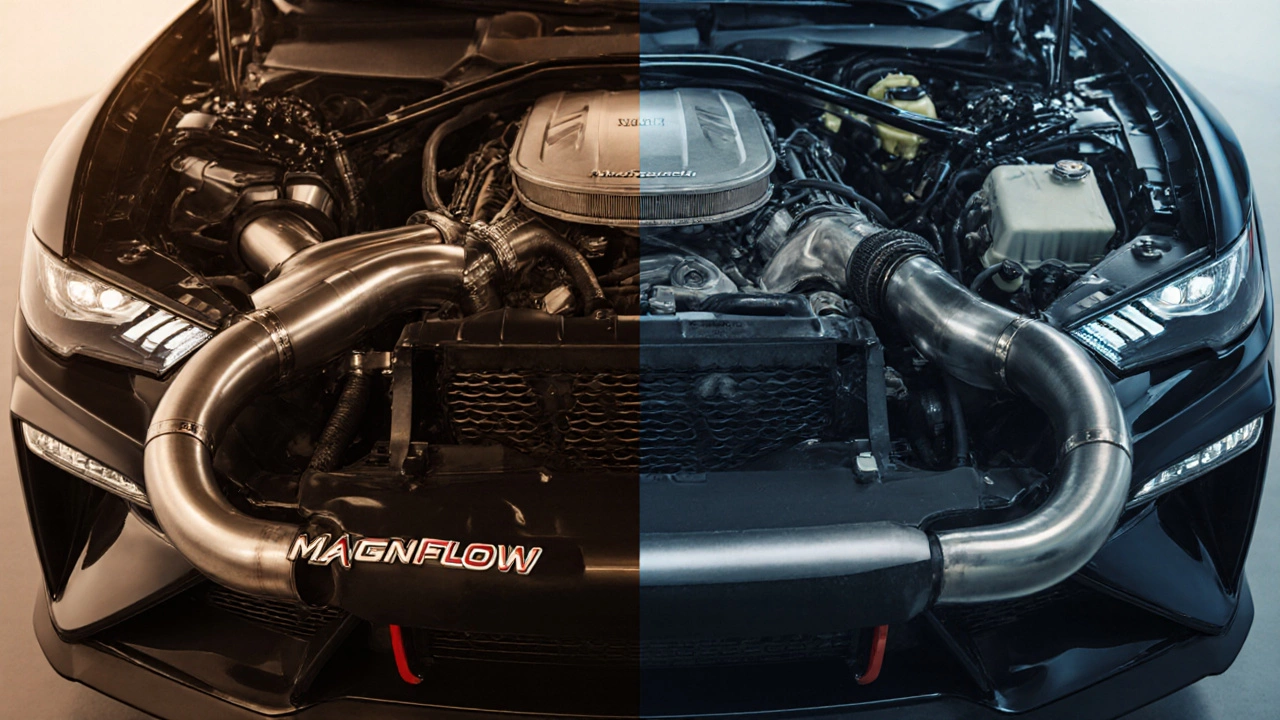
MagnaFlow vs Flowmaster: Which Exhaust Brand Wins?
Compare MagnaFlow and Flowmaster exhausts on performance, sound, durability, price, and installation to decide which suits your car best.
CONTINUE READING
How to Make Your Exhaust Louder Legally: Street‑Safe Mods, Noise Limits, and Testing (2025)
Want more exhaust sound without tickets? Learn legal ways to add volume, the dB limits that matter, how to test at home, and which mods pass inspections in 2025.
CONTINUE READING
Will Muffler Delete Hurt Engine? Uncover the Truth About Muffler Deletes and Engine Safety
Thinking about a muffler delete? Learn if a muffler delete can damage your engine, the true risks, and what effects it has on car performance and sound.
CONTINUE READING
How Long Does It Take to Install a Full Exhaust System?
Thinking about upgrading your car's exhaust? Wondering how much time you'll need to set aside? This article breaks down what really affects the timeline of a full exhaust system installation, whether you’re doing it yourself or trusting a pro. Find out what can speed things up, slow you down, and what surprises might pop up once you start wrenching. Straight talk, real timings, and zero fluff.
CONTINUE READING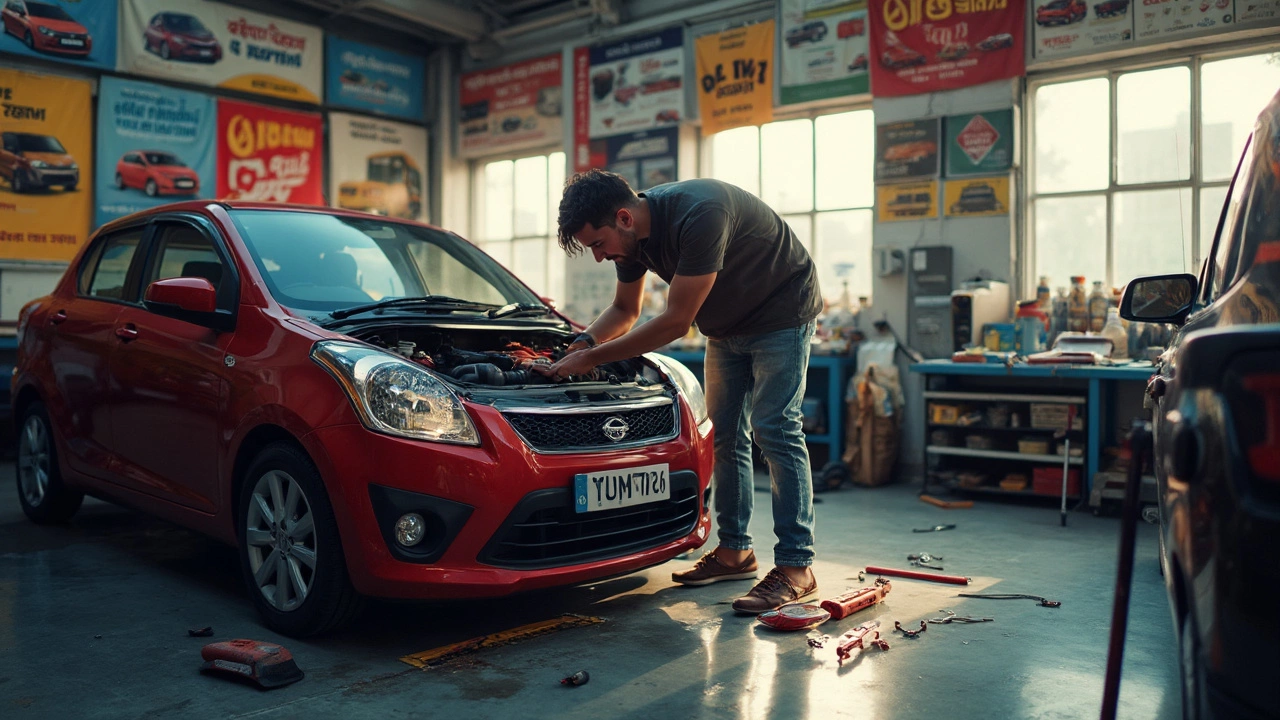
Cold Air Intake HP Gains: How Much Power Can You Actually Expect?
Curious if installing a cold air intake really boosts your car's horsepower? This article breaks down what kind of power gains you can expect, why results vary, and how this upgrade interacts with your exhaust system. You'll get real numbers, practical advice, and tips to avoid common mistakes. Whether you're just starting to tinker or planning a serious build, you'll see if a cold air intake is worth it for your ride.
CONTINUE READING